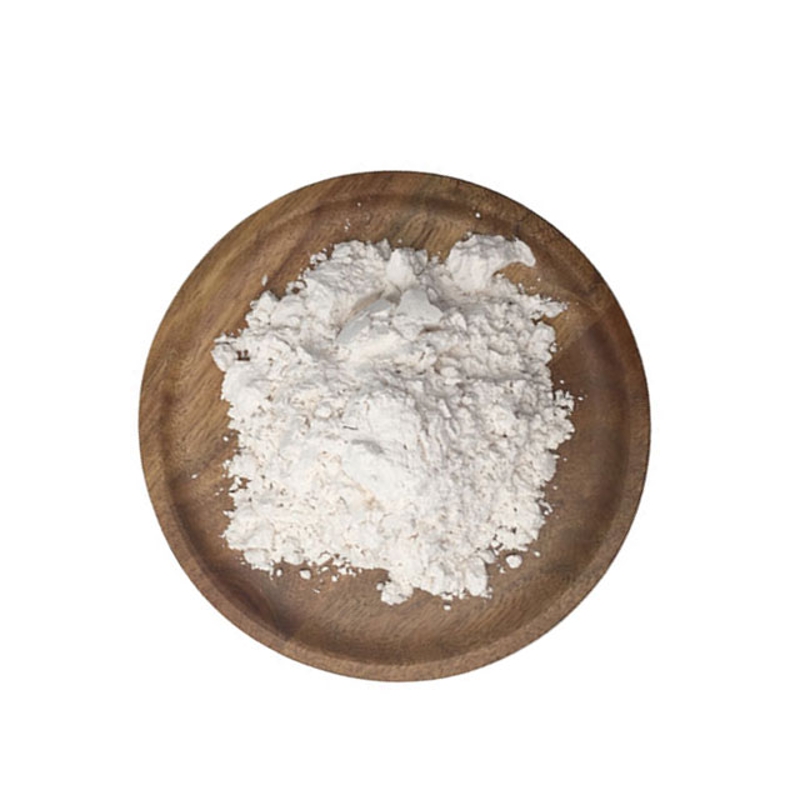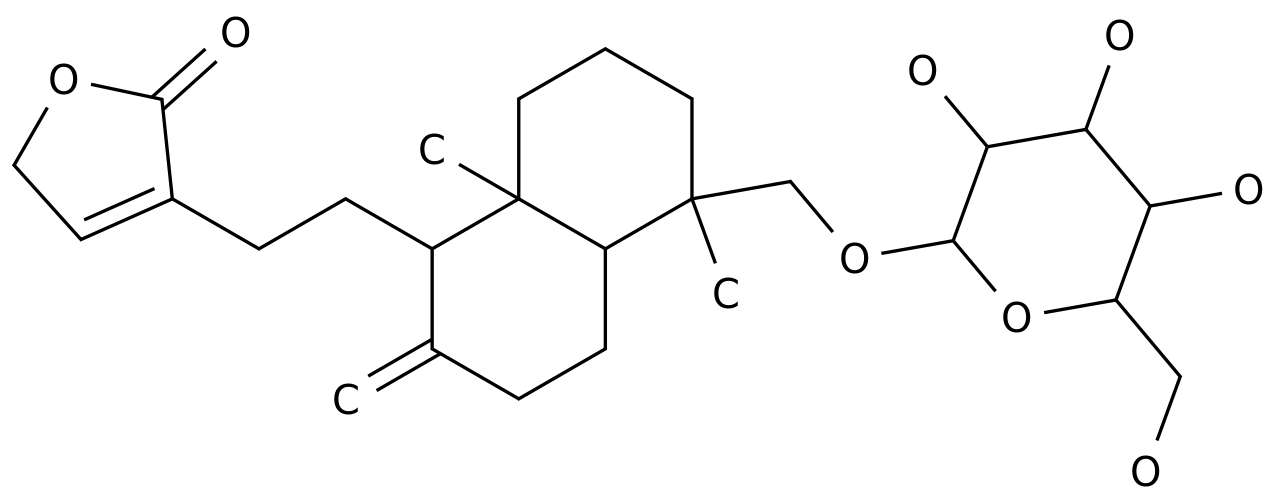Biochemical Engineering
- • Amino Acids and Proteins (221)
- • Nucleic Acid Drugs (18)
- • Enzymes and Coenzymes Drugs (115)
- • Inhibitors (1083)
- • Biological Response Modifiers (15)
- • Fat Medicines (7)
- • Amino Acids and Derivatives (4144)
- • Saccharides (2371)
- • Biochemical Reagents (322)
- • Nucleoside Drugs (346)
- • Condensing Agent (40)
- • Polypeptide (619)
- • Biosynthetic Natural Products (105)
- • Plant Extracts (813)
- • Chinese Herbs (352)
- • Microbiology Reagents (11)
- • Protein Research (34)
- • Lipids (281)
- • Inflammation Mediators (128)
Related News
Sort Chinese Herbs Alphabetically
Chinese Herbs
Neohesperidin
(13241-33-3)2. An antioxidant flavanone glycoside
-
Pharmacy Grade / 99%
-
-
industrial Grade / 98%
-
Pharmacy Grade / 99%
Request for quotation , get quotes from more suppliers.
Neoandrographolide
(27215-14-1)-
- / 99.00%
-
industrial Grade / 98%
-
![Neoandrographolide CAS NO 27215-14-1 buy Neoandrographolide CAS NO 27215-14-1]()
Industrial Grade, Feed Grade, Food Grade, Pharma Grade / 99%
$11.11/KG EXW
-
![Neoandrographolide buy Neoandrographolide]()
Request for quotation , get quotes from more suppliers.
Nodakenin
(495-31-8)-
Chemical Grade / 99%
-
- / 99.00%
-
Industrial Grade / 99%
-
![Nodakenin buy Nodakenin]()
Industrial Grade / 99%
Request for quotation , get quotes from more suppliers.
Neriifolin
(466-07-9)-
![NERIIFOLIN buy NERIIFOLIN]()
Industrial Grade / 99%
-
![NERIIFOLIN buy NERIIFOLIN]()
-
![NERIIFOLIN buy NERIIFOLIN]()
Industrial Grade / 99%
-
![Neriifolin buy Neriifolin]()
Request for quotation , get quotes from more suppliers.
-
![GAMMA-LUMICOLCHICINE buy GAMMA-LUMICOLCHICINE]()
Industrial Grade / 99%
-
![GAMMA-LUMICOLCHICINE buy GAMMA-LUMICOLCHICINE]()
-
![GAMMA-LUMICOLCHICINE buy GAMMA-LUMICOLCHICINE]()
-
![GAMMA-LUMICOLCHICINE buy GAMMA-LUMICOLCHICINE]()
Industrial Grade / 99%
Request for quotation , get quotes from more suppliers.
Source Chinese Herbs Products Supply
Nordihydrocapsaicin
(28789-35-7)-
- / 99.00%
-
![NORDIHYDROCAPSAICIN CAS NO 28789-35-7 buy NORDIHYDROCAPSAICIN CAS NO 28789-35-7]()
Industrial Grade, Feed Grade, Food Grade, Pharma Grade / 99%
$11.11/KG EXW
-
![NORDIHYDROCAPSAICIN buy NORDIHYDROCAPSAICIN]()
Industrial Grade / 99%
-
![N-[(4-hydroxy-3-methoxyphenyl)methyl]-7-methyloctanamide buy N-[(4-hydroxy-3-methoxyphenyl)methyl]-7-methyloctanamide]()
Request for quotation , get quotes from more suppliers.
Nepodin
(3785-24-8)-
- / 99.00%
-
![Ethanone,1-(1,8-dihydroxy-3-methyl-2-naphthalenyl)- buy Ethanone,1-(1,8-dihydroxy-3-methyl-2-naphthalenyl)-]()
-
![Ethanone,1-(1,8-dihydroxy-3-methyl-2-naphthalenyl)- buy Ethanone,1-(1,8-dihydroxy-3-methyl-2-naphthalenyl)-]()
Industrial Grade / 99%
-
![1-(1,8-dihydroxy-3-methylnaphthalen-2-yl)ethanone buy 1-(1,8-dihydroxy-3-methylnaphthalen-2-yl)ethanone]()
Request for quotation , get quotes from more suppliers.
N-(4-Hydroxy-3-methyl-2-buten-1-yl)adenosine
(28542-78-1)-
![TRANS-ZEATIN RIBOSIDE CAS NO 28542-78-1 buy TRANS-ZEATIN RIBOSIDE CAS NO 28542-78-1]()
Industrial Grade, Feed Grade, Food Grade, Pharma Grade / 99%
$11.11/KG EXW
-
![TRANS-ZEATIN RIBOSIDE buy TRANS-ZEATIN RIBOSIDE]()
-
![TRANS-ZEATIN RIBOSIDE buy TRANS-ZEATIN RIBOSIDE]()
Industrial Grade / 99%
-
![9-ribosylzeatin buy 9-ribosylzeatin]()
Request for quotation , get quotes from more suppliers.






















![N-[(4-Hydroxy-3-methoxyphenyl)methyl]-7-methyl-octanamide buy N-[(4-Hydroxy-3-methoxyphenyl)methyl]-7-methyl-octanamide](https://file.echemi.com/fileManage/upload/goodpicture/20220406/20220801111834830956_28789-35-7.png)









